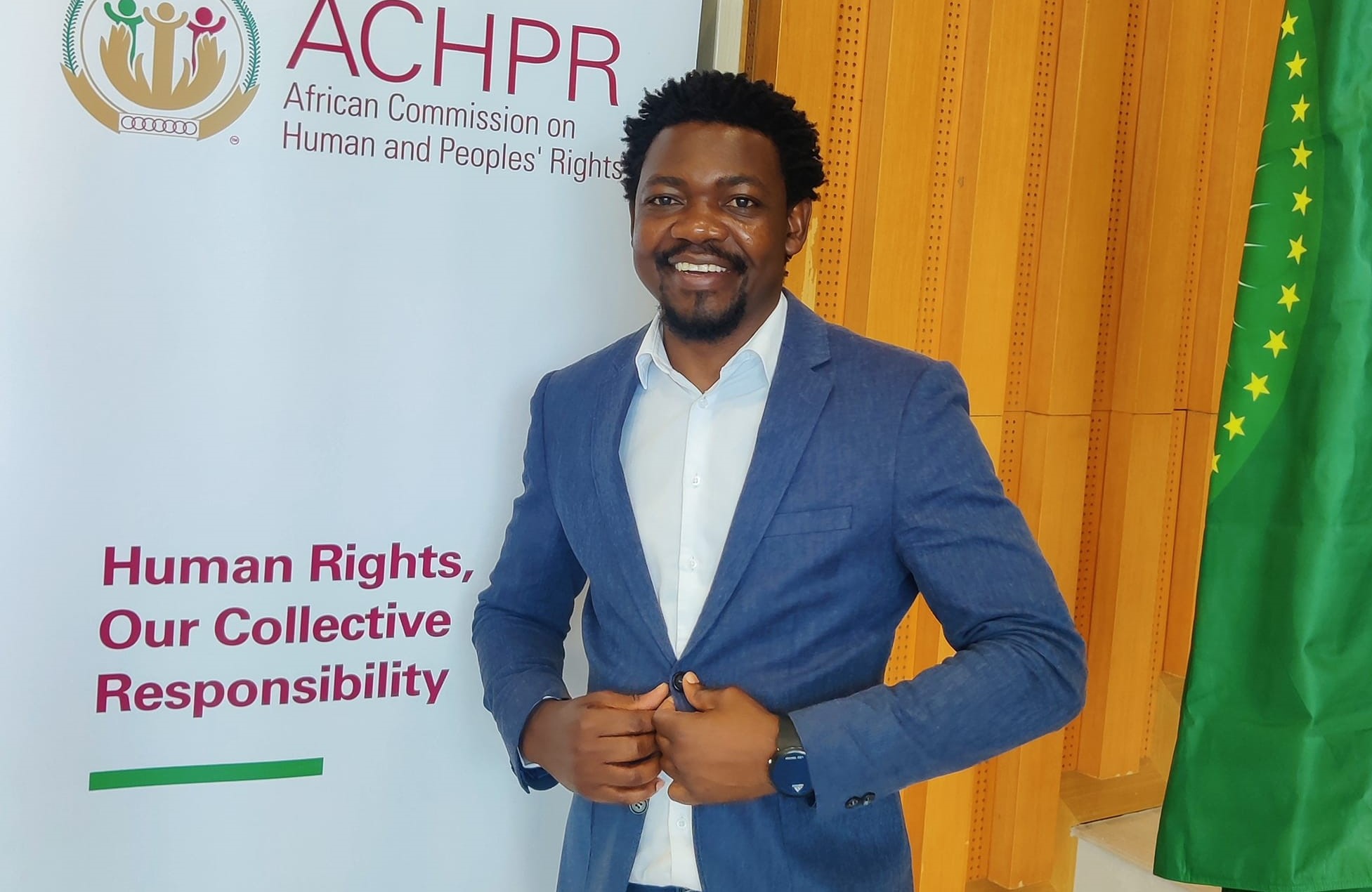By Jacob Nankhonya
Last week, there was a Youth Summit for Democracy and Human Rights organised by Youth Decide Campaign and Youth and Society (YAS). The summit coincided with the launch of the Youth Manifesto ahead of the September 16 general election. Our reporter JACOB NANKHONYA caught up with YAS executive director CHARLES KAJOLOWEKA, who shared some insights from the Youth Manifesto. Excerpts;
Q. Why should people vote for ‘what’, instead of ‘who’?
A. For too long, people have been voting driven by tribalism, regionalism, or just by virtue of political affiliation. We think that such an approach has not delivered for democracy. But the main failure is not the leader, it is the inability by the people to elect capable leaders. The ‘what’ is the agenda the candidate is representing. It is about issue-focused and issue-driven voting. The Youth Manifesto, therefore, provides the basis that young people should not even look at who they’re going to vote for but rather look at what is in their manifesto.
Q. How do you think the problem of empty promises can be addressed?
A Number one is to look at critical analysis of what the promises look like and assess them against reality and that is where you also need to empower the citizen to unpack some of these election campaign promises. If somebody promises something that is not attainable, we should be able to engage and challenge them. Those of us who are in the civic space should be able to package messages that can help to empower the voters. And that is what we will be doing, interrogating the manifestos that political parties will be presenting in order to assess their feasibility and, importantly, how they align with the youth manifesto.
Q. For a long time we have been talking about youth inclusion into the leadership spectrum but the legal aspect of it doesn’t seem to support this narrative. Where is the problem?
A. Since independence, Malawi has never had a legislation for young people. There is no Youth Act, for example. We have all other laws protecting children, persons with disabilities, older persons, etc. but there is no law that is specifically dedicated to the protection of young people. Young people are simply being streamed into these other legislative pieces. That is the major gap. The issue of youth representation in decision-making positions is just at policy level. There is no specific law that will compel authorities to say, for instance, that every time the President appoints the Cabinet, or parastatal boards, there shall be 30 percent inclusion of young people. No law compels inclusion of young people in governance structures. We also need to revisit our electoral laws. We should be talking about youth quotas. Through a democratic process of consultations we can set up the best model. The last one is young people themselves must demand. Women’s movements have achieved a lot because they have done a lot of lobbying on legislation.
Q. In a nutshell, what is contained in this manifesto, and what next after the launch?
A The manifesto, basically, is a democratic compass for young people in this country and anyone who wants to engage us, anyone who wants our vote, anyone who wants our attention, must pay attention to this manifesto. There are 12 pillars of hope there. There are issues of education, ICT, fighting corruption, participation and inclusion, participation of young people with disabilities and other excluded groups, and issues of environmental conservation. In all of these, we are putting a young person at the centre of the manifesto not only as a beneficiary, but also as a champion.
Q. How different will this conversation be this time around?
A What is more critical for me is to be sure that we start our demand for accountability soon after elections. Our major job begins just after the September elections and that will determine the kind of government we are going to shape. Otherwise, we have generated too much of garbage and mediocrity, because we have always waited for the next election.
Q. Has the launch been worthwhile?
A. It has been. The fact that we are able to come up with an agenda and consensus among young people that this is the direction we will take in the next five years, it is amazing. It’s unprecedented. This was not there before. So, the consensus- building among young people, this coordination and facilitation of an agenda is a huge milestone. Number two, sustaining ourselves even just from 2019 to now and taking this forward is another huge milestone. The ability of the leaders just to come out and commit to the agenda of the Youth Manifesto is a plus. For the first time, we had the Chief Justice around the table, together with a Cabinet Minister alongside the Speaker of Parliament thus, bringing three branches of government into one room. There is also some responsiveness in some of the demands when you look at the manifesto. Those are some of the strides. Of course, there are still challenges that we need to work on, but at least there are some movements that have been done!
Q. After the launch, what next?
A. We are going to engage political parties to immediately begin to look at what they can adopt from our manifesto. That’s why we have launched our manifesto preceding their manifestos. Number two is that we are going to have the presidential candidates officially endorse this manifesto as part of commitment. It’s a social contract document. So, they have to commit. The third one is that we are going to popularise this manifesto. Not only among young voters, but also even after elections. On August 15, in the short-term, we are going to have the presidential debate. They will debate the youth manifesto.
